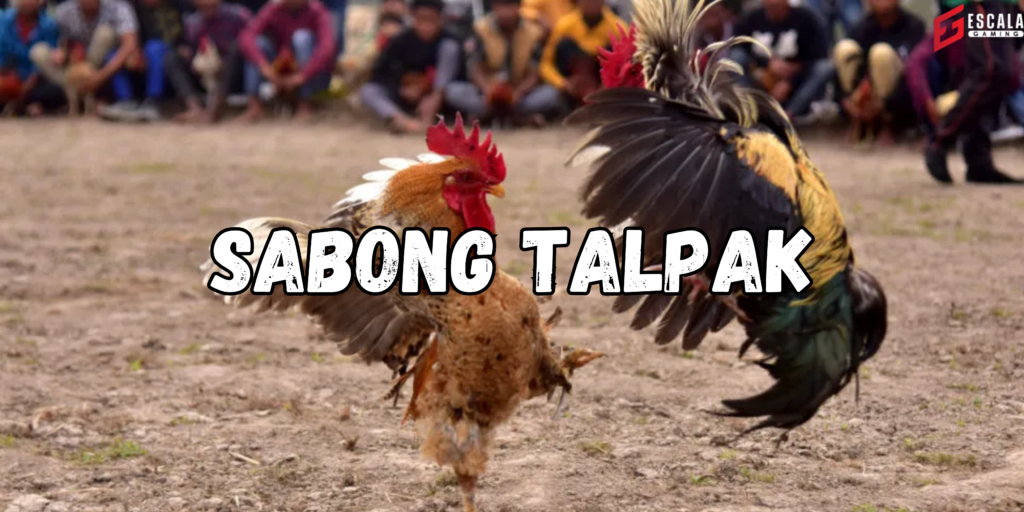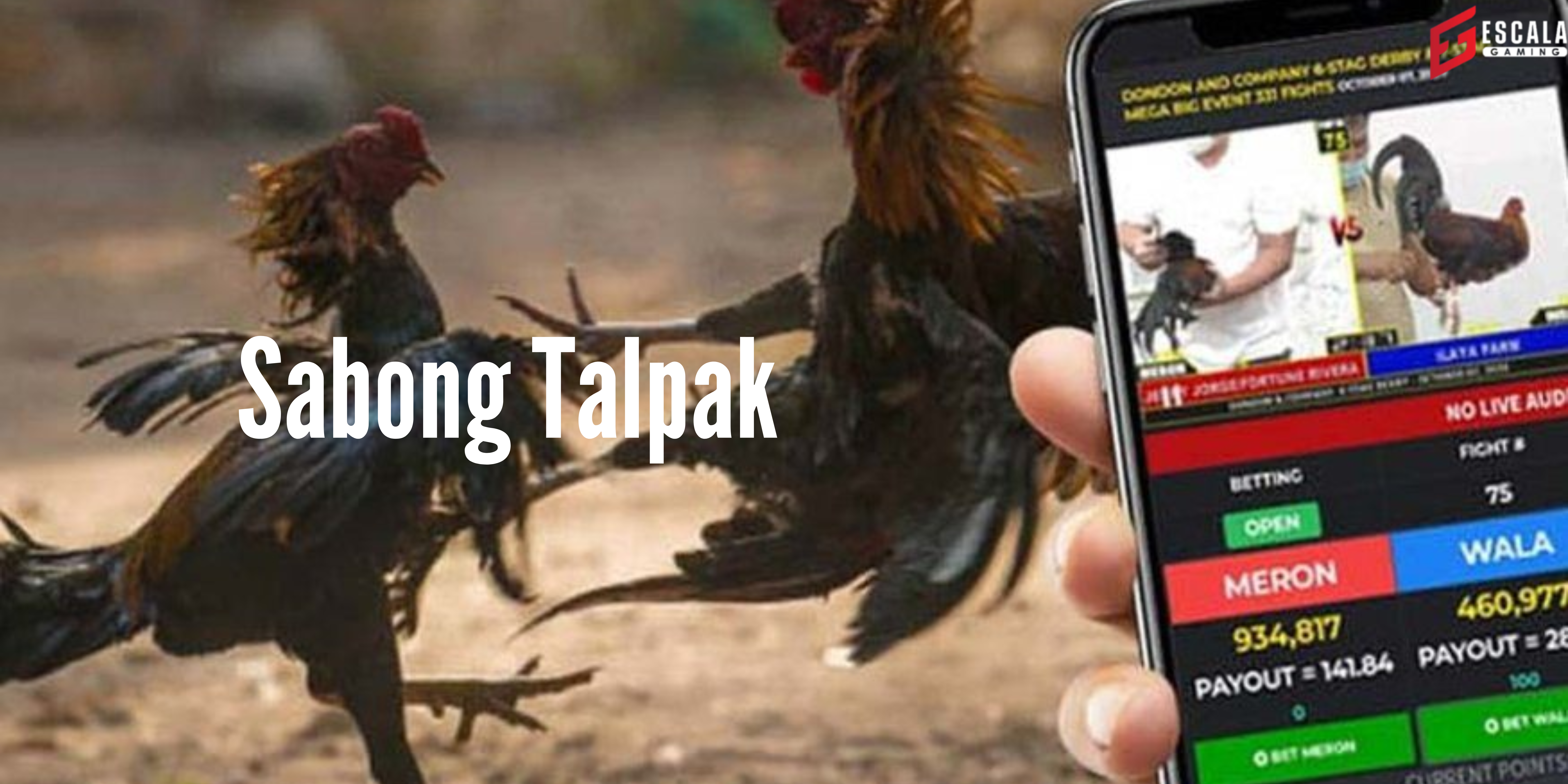Imagine stepping into a world where tradition is not just a word, but a living, breathing part of daily life. This is what you experience in the Philippines with Sabong Talpak, a traditional form of cockfighting deeply rooted in Filipino culture. But Sabong Talpak is more than just a sport; it’s a tapestry of history, community, and artistry.
Now, envision a cultural exchange program that opens the doors to this fascinating world for people from all corners of the globe. In this blog post, we’ll explore how such a program can bridge cultures, foster understanding, and offer a unique, immersive learning experience about this age-old Filipino tradition.
Table of Contents
Section 1: Understanding Sabong Talpak
Before diving into the cultural exchange program, let’s first understand what Sabong Talpak is all about. Dating back centuries, this sport has been a staple in Filipino culture.
It’s not just about the roosters that are carefully bred and trained for these events; it’s about the people, the cheers, the vibrant atmosphere of the arena, and the sense of community it fosters.
Sabong Talpak isn’t just a weekend pastime; it’s woven into the fabric of major festivals and celebrations across the Philippines. Families and friends gather, bonds are strengthened, and the air buzzes with excitement and anticipation. It’s a spectacle that combines strategy, skill, and tradition in a unique display of cultural pride.
But what makes Sabong Talpak truly fascinating is the depth of knowledge and passion behind it. From understanding the breeds to the intricacies of training and the nuances of the matches, there’s a wealth of wisdom passed down through generations. This sport is a living history book, a story of a people and their unwavering connection to their heritage.

Section 2: The Concept of Cultural Exchange in Sabong Talpak
The idea of a cultural exchange program centered around Sabong Talpak is a novel one. It’s about bringing people from different backgrounds into the heart of Filipino culture, to not just observe but actively participate in and learn about this tradition. Such a program isn’t merely a tour; it’s an educational journey that promotes cross-cultural understanding and appreciation.
Imagine participants from around the world arriving in the Philippines, their perceptions of Sabong Talpak shaped by snippets of information or misconceptions. Through the program, they get to delve deeper, moving beyond stereotypes to truly grasp the cultural importance of this sport. They engage with local practitioners, listen to stories, ask questions, and see firsthand the skill and care involved in Sabong Talpak.
The benefits of such cultural exchange are manifold. For the participants, it’s a chance to broaden their horizons, to understand and respect a tradition that may be vastly different from their own. For the local community, it’s an opportunity to showcase their cultural heritage, to dispel myths, and to foster pride in their traditions.
Section 3: Designing the Program

Designing a Sabong Talpak cultural exchange program is like creating a bridge between worlds. The program’s structure is key to its success. It should include immersive experiences, educational sessions, and opportunities for hands-on learning.
Key Components of the Program
Orientation and Cultural Sensitivity Training: The journey starts with an introduction to Filipino culture, focusing on the traditions and values surrounding Sabong Talpak. Participants learn about the cultural do’s and don’ts, ensuring respect and understanding as they delve into this new world.
Visits to Local Sabong Arenas: What better way to understand Sabong Talpak than witnessing it firsthand? Participants visit various arenas, experiencing the electric atmosphere and observing the matches up close. These visits are guided by experts who provide insights into what unfolds in the ring.
Interactions with Local Breeders and Trainers: Engaging with breeders and trainers offers a behind-the-scenes look at Sabong Talpak. Participants learn about the breeding, training, and care of the roosters, gaining an appreciation for the dedication and skill involved.
Educational Sessions with Cultural Historians: These sessions delve into the history and evolution of Sabong Talpak. Historians and cultural experts share stories and knowledge, connecting the sport to broader aspects of Filipino history and society.
Section 4: Learning from Local Practitioners and Historians
One of the most enriching aspects of the program is learning directly from those who breathe life into Sabong Talpak daily. Participants engage in meaningful conversations with local practitioners, who share their personal stories and experiences. These interactions provide a unique, human perspective that goes beyond textbooks and documentaries.
Interactive Workshops and Training Sessions
Workshops led by seasoned Sabong practitioners cover various topics, from understanding the breeds to the finer points of training techniques. Participants might not handle the roosters directly, but they get a comprehensive understanding of what it takes to prepare for a Sabong match.
Engaging Q&A Forums
These forums provide a platform for participants to ask questions and express curiosities. It’s a space where cultural exchange happens organically, as local experts and international participants share perspectives, fostering mutual understanding and respect.
Section 5: Addressing Ethical Considerations
An essential part of the program is addressing the ethical considerations surrounding Sabong Talpak. Open discussions and debates are encouraged, focusing on topics like animal welfare, cultural relativism, and the role of tradition in modern society.
Balancing Tradition and Ethics
These discussions help participants understand the complexity of Sabong Talpak. They explore how tradition can coexist with evolving views on ethics and animal welfare. It’s not about reaching a consensus, but about appreciating the spectrum of perspectives.

Cultural Sensitivity and Respect
Throughout these discussions, the emphasis is on cultural sensitivity and respect. Participants are encouraged to approach these conversations with an open mind, acknowledging the diversity of viewpoints while respecting the cultural context of Sabong Talpak.
Conclusion
As we wrap up this exploration of the Sabong Talpak cultural exchange program, it’s clear that such initiatives have the power to transcend borders and foster deeper understanding. Through education, engagement, and open dialogue, these programs not only illuminate a fascinating aspect of Filipino culture but also celebrate the diversity of human traditions.
As the world becomes increasingly interconnected, these cultural exchanges become ever more vital in bridging divides and building a shared sense of global community.
FAQs about Talpak
What does Talpak mean in the context of Sabong?
- In the context of Sabong, ‘Talpak’ refers to the act of placing bets on the outcome of the cockfighting matches.
How does Talpak work in a Sabong match?
- Participants signal their bets to the Kristo or bookkeeper, indicating the amount and the rooster they are betting on. The Kristo coordinates and records these bets.
Can anyone participate in Talpak during a Sabong match?
- Generally, anyone present at a Sabong event can participate in Talpak, but it’s important to understand the betting process and local customs.
Is there a strategy to Talpak in Sabong?
- Talpak involves understanding the roosters’ capabilities, the breeders’ reputations, and sometimes, just intuition or luck. Experienced bettors often have strategies based on their knowledge of the sport and the roosters.
Are there any risks involved in Talpak?
- As with any form of betting, there is a risk of losing money in Talpak. It’s important to bet responsibly and within one’s means.


